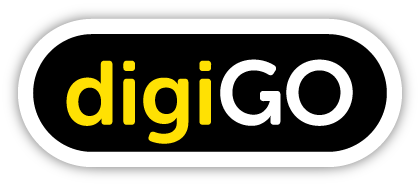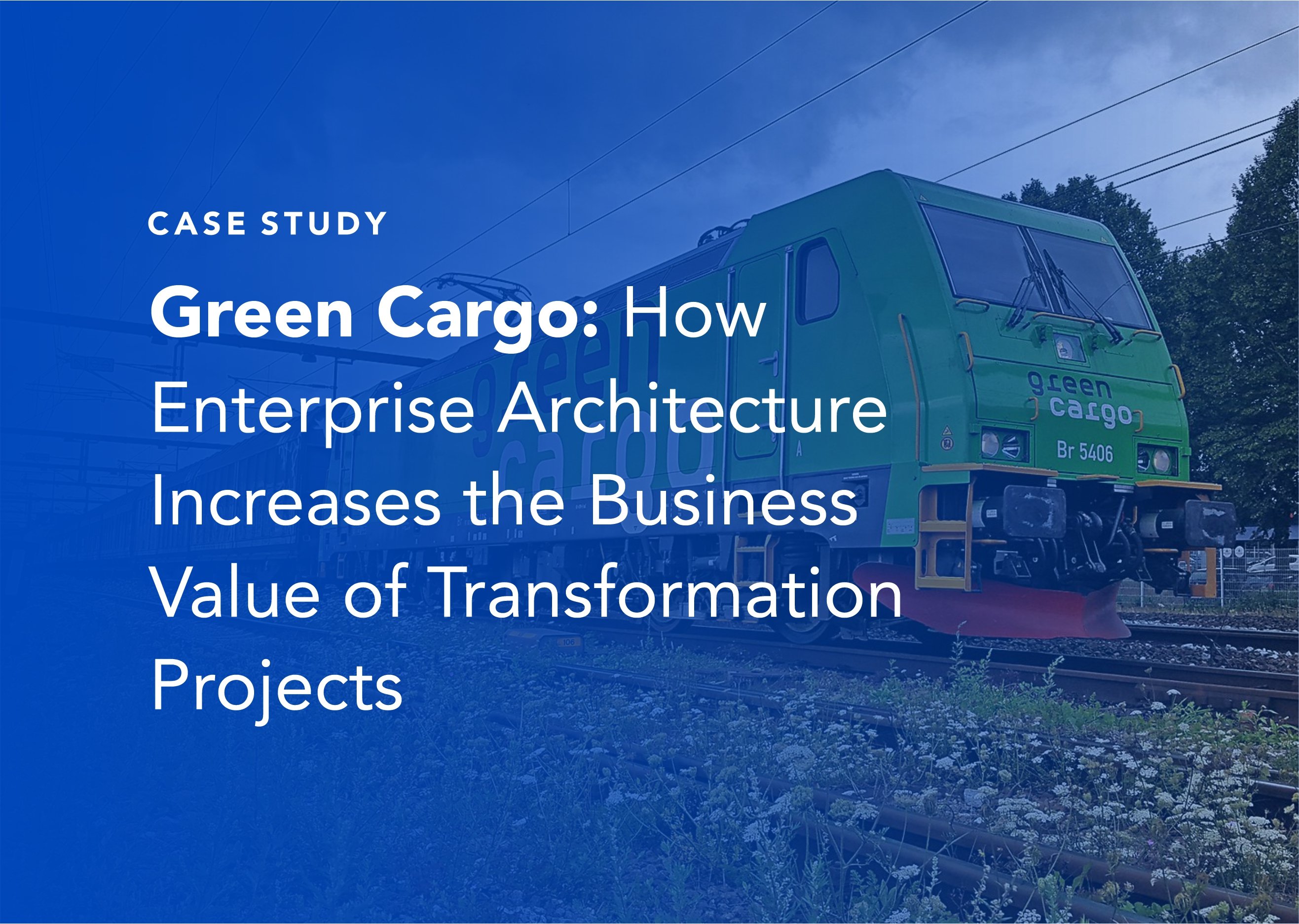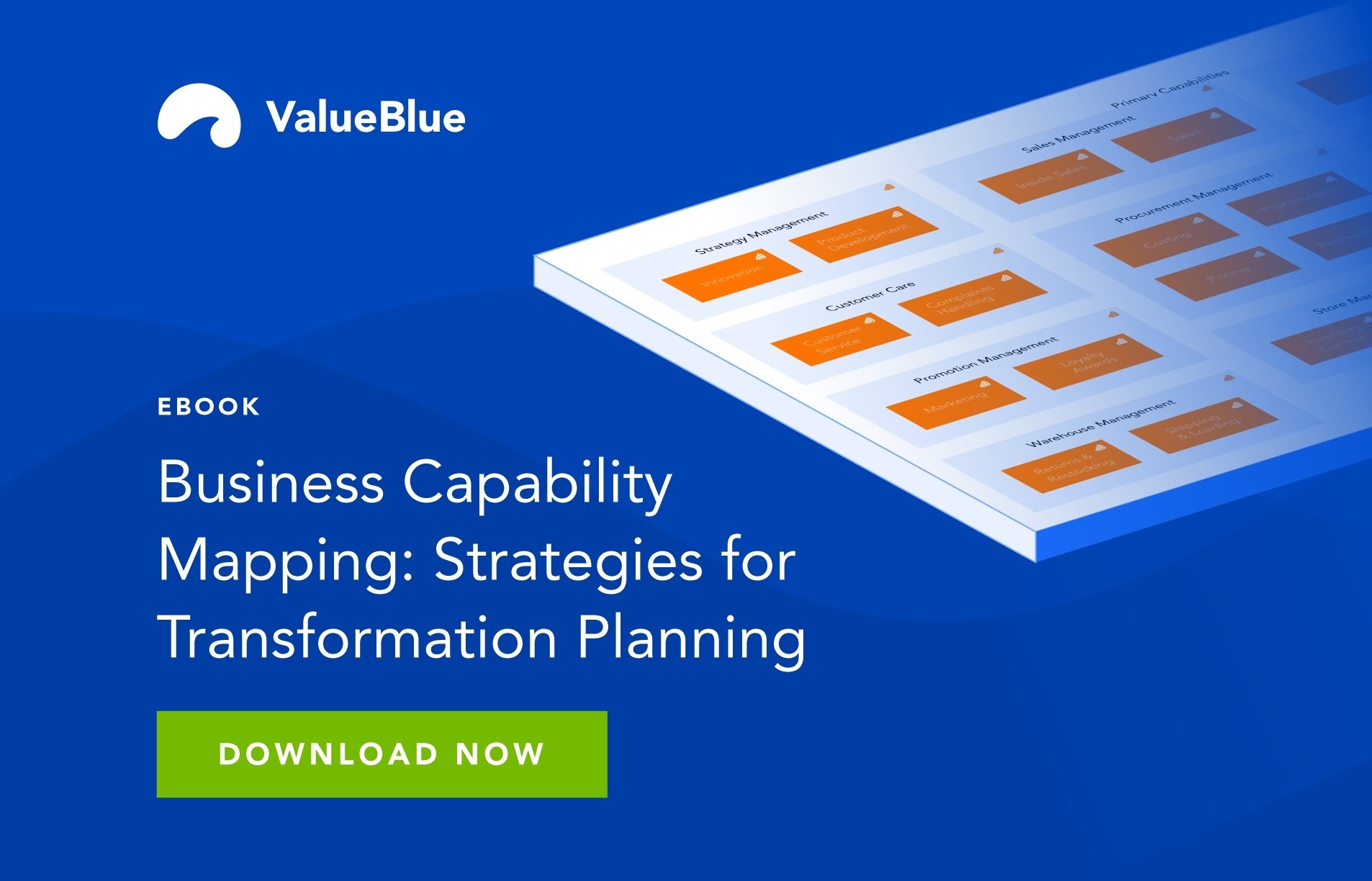digiGO

Who is digiGO?
digiGO is a platform for digital collaboration in the built environment. It enables collaboration between parties in construction, infrastructure, water, design and technology. Together with these parties, digiGO is accelerating digitization across the entire chain.

With the continuous advancement of digital technologies, there is a growing need for transformation across all industries — including the construction and built environment. As the sector embraces digitization, there is a range of opportunities and benefits to be realized, from a more efficient use of resources to creating smart and sustainable buildings and cities.
However, digitization also brings with it considerable complexity. There are several key challenges that parties in the environment are faced with, leading to delays and disruptions in the process:
1. A wide range of stakeholdersDifferent stakeholders, including architects, engineers, property owners, contractors, and end users, all have distinct requirements and expectations. Projects like developing a new office building demand effective coordination and consideration of these needs.
There are often varying systems and applications being used within the built environment, leading to a lot of fragmentation. For example, different chain parties use different software programs to design and calculate a construction project, which leads to inefficiencies and miscommunication.
Technologies change quickly, which can lead to systems becoming outdated before they are fully implemented. For instance, if an organization invests in a new IoT solution for monitoring building performance, by the time the solution is implemented, new and superior technologies may already become available.
To fully realize the benefits of digitization, the construction sector needs to address these challenges and ensure efficient cooperation and integration of the chain.
Why BlueDolphin by ValueBlue?
One of the main reasons digiGO chose BlueDolphin as an Enterprise Architecture tool was its widespread use in the industry. Many construction organizations already use BlueDolphin to map their IT landscape and plan and implement innovation projects. In addition, many municipalities and housing associations have used BlueDolphin for standardization, which provided assurance that the chain integration could be designed and achieved with the platform.
Enterprise Architecture: Managing the Digital Transformation
Enterprise architecture offers a structured approach to managing complex changes, by designing the change from current to future state, assigning and following principles, and testing the result against the objectives and principles. In this way, Enterprise architecture helps organizations plan and design their digital transformation.
Better Alignment with a Reference Architecture: GEBORA
Numerous parties in the construction supply chain are automating their processes and use Enterprise Architecture to manage this change. To improve mutual coordination, digiGO has designed a reference architecture: GEBORA (Built Environment Reference Architecture).
GEBORA provides an overview and standardization of the description of the working methods and value chain in the entire industry. As such, it helps member organizations start setting up their Enterprise Architecture quickly and easily.
Benefits of Using a Reference Architecture
Better chain integration and digital collaboration: By providing a common frame of reference, GEBORA facilitates the interconnection ("interoperability") between different systems and chain partners, through standards for data exchange.
Accelerated deployment: By using GEBORA as a reference architecture, an organization can benefit from best practices and lessons learned from previous implementations of digital solutions in the built environment, thus reducing the implementation time of new projects and reducing the likelihood of errors.
Better alignment during all phases of building management: GEBORA provides guidelines for different phases of the building lifecycle so that all chain partners use the same concepts. This also covers the circular aspect in all phases of the building's lifespan. In addition, the reduction of emissions and sustainability can be more easily coordinated, together with the integration of the energy infrastructure.
.png)

